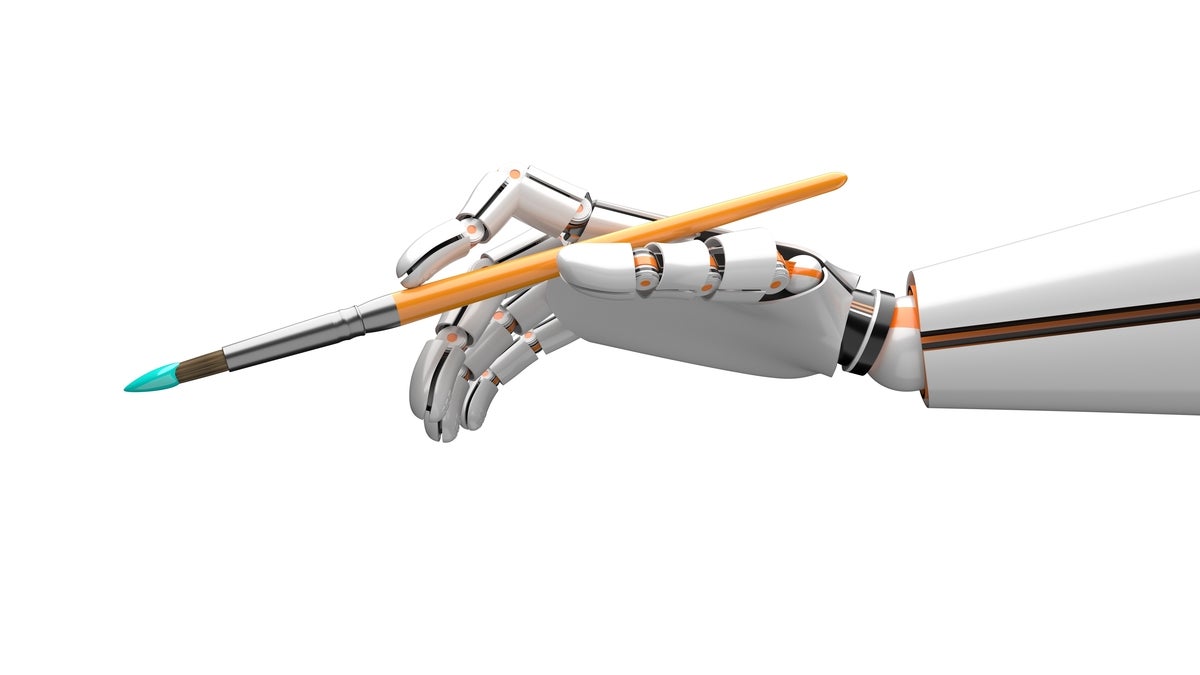Disclosure: IBM, Microsoft and Cisco are clients of the author.
Generative artificial intelligence (AI) is moving at light speed, and we’re already beginning to see people use it to clone themselves digitally. (A Wall Street Journal writer created a digital clone that her family has been interacting with instead of her.) To reiterate how fast AI tools are progressing, the idea of creating a digital twin that could fool others was mere speculation a year ago, a sci-fi fantasy that was years, perhaps decades, in the future.
Not anymore.
A number of companies are working with generative AI now, so let’s look at the difference in, and danger of, these digital clone assistants and replacements.
IBM
IBM’s stated goal for AI is to supplement, not replace, people. The latest evidence the company is on this path is the recent announcement that it will pause filling nearly 7,800 positions as it assesses how AI might increase the productivity of its existing workers. To be clear, IBM is not laying off 7 ,800 people. It is in the process of determining whether the use of AI means IBM doesn’t need new employees. This is consistent with IBM’s stated policy and is not a replacement strategy.
Cisco
At a briefing this week, Cisco announced plans to use AI aggressively to manage and secure networks. With network admins and security personnel often overwhelmed, Cisco argues that using AI could reduce the workload on staffers by 40%. As with IBM, the plan is to supplement and enhance employees, not replace them. But it could help companies that use Cisco technology free up resources currently overwhelmed managing and securing networks.
Microsoft
Microsoft is integrating AI into every productivity tool it has. Since none of those tools act autonomously, this, too, is an enhancement, not a replacement approach. Microsoft’s move is foundational in that it will force users of Microsoft products to learn how to interact with AI tools and make those users more valuable as AI moves into more products. I see no sign Microsoft is looking to replace people with AI — at least not yet. It seems focused on using AI to help rather than replace users.
Smaller companies are also rushing to embrace AI.
Papercut
Papercut is building an AI-powered dubbing and video translation tool that can automatically localize any video with human-like voice-overs. The tool replaces voice actors who would otherwise be doing translations and voice-overs. This is more of a replacement tool because it means you don’t need an actual translator or a voice-over actor.
Literally Anything
Literally Anything’s tool allows a user to build a variety of digital apps, games, widgets and even services and could make graphic artists and game and app developers increasingly obsolete. This, too, is an employee replacement and elimination product, because if someone can more easily and cheaply use this tool for their creative needs, they would not have to hire someone…
2023-05-06 06:00:03
Original from www.computerworld.com
